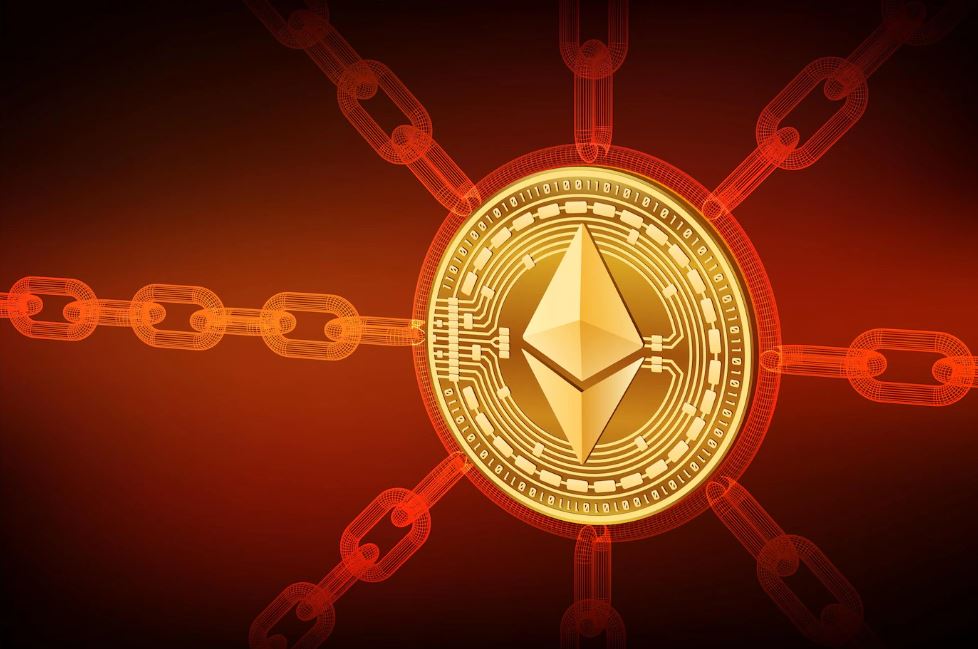Are you looking for a more secure way to conduct your business transactions? Blockchain technology is one of the safe and most reliable transactions.
What is blockchain technology?
Blockchain technology is a new way of storing and sharing information that’s based on cryptography. It allows multiple parties to agree on a transaction without the need for a third party to verify it. This is done by creating a continuously growing chain of blocks containing a list of transactions.
Here are some of how blockchain technology is changing the creative industries:
- It can help protect intellectual property rights. As mentioned earlier, blockchain technology makes it possible to securely and transparently share information between parties. This means that creators can confidentially safeguard their intellectual property rights — something impossible before.
- It can cut down on fraud and counterfeiting. Blockchain technology makes it easy to track items from manufacture to sale, preventing fraud and counterfeiting. This is especially helpful for creative industries where fake products are a significant problem.
- It can reduce the cost of transactions in the creative industry. Blockchain technology doesn’t just benefit businesses in the financial sector; it can also improve processes within the creative industries themselves! For example, it can make it easier for artists to manage their licensing agreements or for content creators to manage their copyright registrations.
How does it work?
Blockchain technology is a distributed database that can be used to store any kind of information. It’s decentralized, meaning that it doesn’t rely on a single point of authority for its operation. This makes it incredibly secure, as nobody can access or change the data without the permission of all the participants.

Blockchain technology uses a system of “blocks” to put it into practice. Each block contains a timestamp and a list of records. Whenever somebody wants to add or change a record, they need to solve a complex mathematical puzzle called a “proof-of-work.” Once solved, their block is added to the chain and becomes part of the permanent record.
Here’s how it works: each block in the blockchain contains a list of transactions that have taken place so far. This way, everyone can track all the transactions that have happened on the network, and nobody can edit or delete any transaction without approval from the majority of the network. This makes it incredibly difficult for anyone to cheat or steal money on the blockchain, as they would need to get everyone on board with their plan first.
Because blockchain is decentralized, it’s immune to government censorship and surveillance. It also has a high level of security due to its use of cryptography. This makes it an excellent option for online transactions, such as buying and selling cryptocurrencies.
Blockchain technology is revolutionizing how we interact with our financial systems and digital assets. It has enormous potential to transform many different industries across the globe.
Regulations and Legal Implications of Blockchain Technology
Blockchain technology is a new database that uses cryptography to secure transactions and keep them transparent. It has many potential applications, one of which is the prevention of fraud and the tracking of assets.
Though it’s still in its early stages, blockchain has already drawn the attention of regulators and lawyers worldwide. This is because blockchain involves several novel legal issues that must be addressed.
For example, blockchain technology can help eliminate traditional middlemen in financial transactions, which could lead to increased transparency and efficiency in the market. This could also reduce the risk of corruption or money laundering. However, this increased transparency may also lead to other legal issues like intellectual property infringement or data privacy breaches.
Businesses need to stay up-to-date with current regulations to make informed choices about utilizing blockchain technology. Otherwise, they may find themselves at risk for legal action by their competitors or government regulators.
Benefits of Blockchain Technology

While there are many benefits to blockchain technology, here are five of the most important ones:
- Transparency: All transactions on a blockchain are publicly visible, which makes it very difficult for anyone to tamper with them. This is especially useful in cases where data security is important.
- Security: Blockchain technology uses a distributed database that is protected by cryptography, meaning that it’s very difficult for anyone to hack into it. In addition, the network nodes are constantly synchronized and updated so that it remains tamper-proof.
- Irreversibility: Once a transaction has been recorded on a blockchain, it cannot be changed or reversed. This ensures that all information is accurate and reliable.
- Decentralization: The decentralization of a blockchain network means that there’s no single point of failure or control center. As a result, it’s more resistant to censorship and manipulation.
- Efficient transactions: Because blockchain transactions are processed through decentralized nodes, they’re usually much faster than traditional transactions.
Conclusion
Blockchain technology is a distributed database that allows for secure, tamper-proof transactions. It uses a shared, public ledger to record all transactions and is supported by a network of “miners” who are rewarded with cryptocurrency for verifying and committing these transactions to the blockchain.
Though it has been criticized for its use in the illicit drug trade, blockchain is still considered one of the most promising new technologies in the world today. It has the potential to revolutionize many different industries, and its potential applications are only limited by our imagination.

